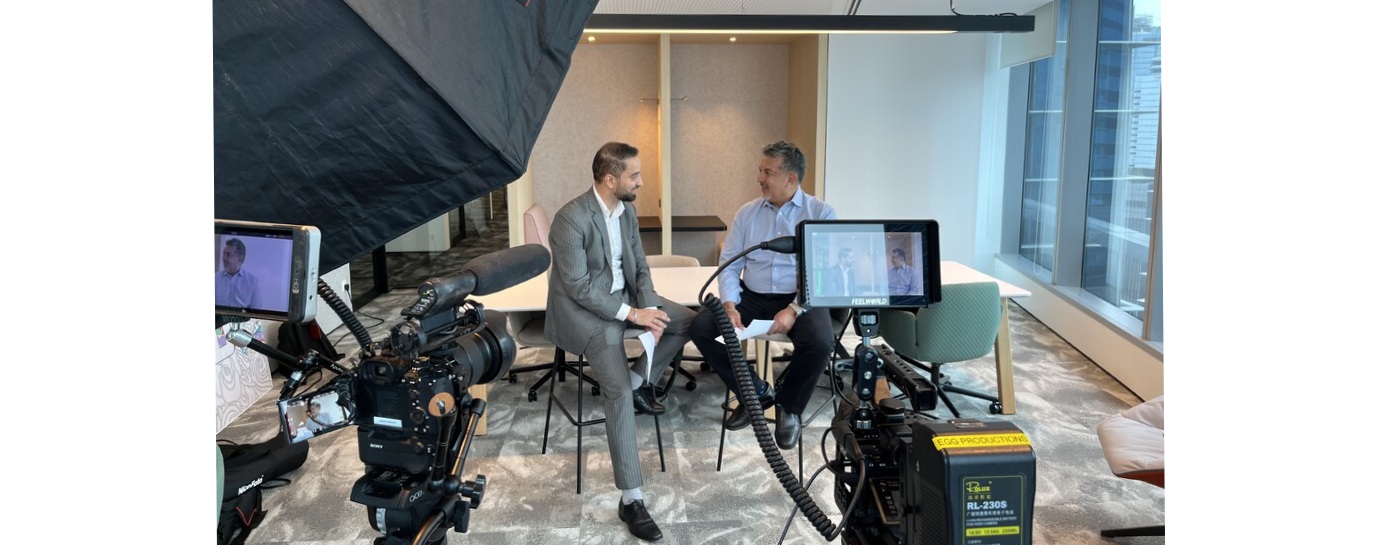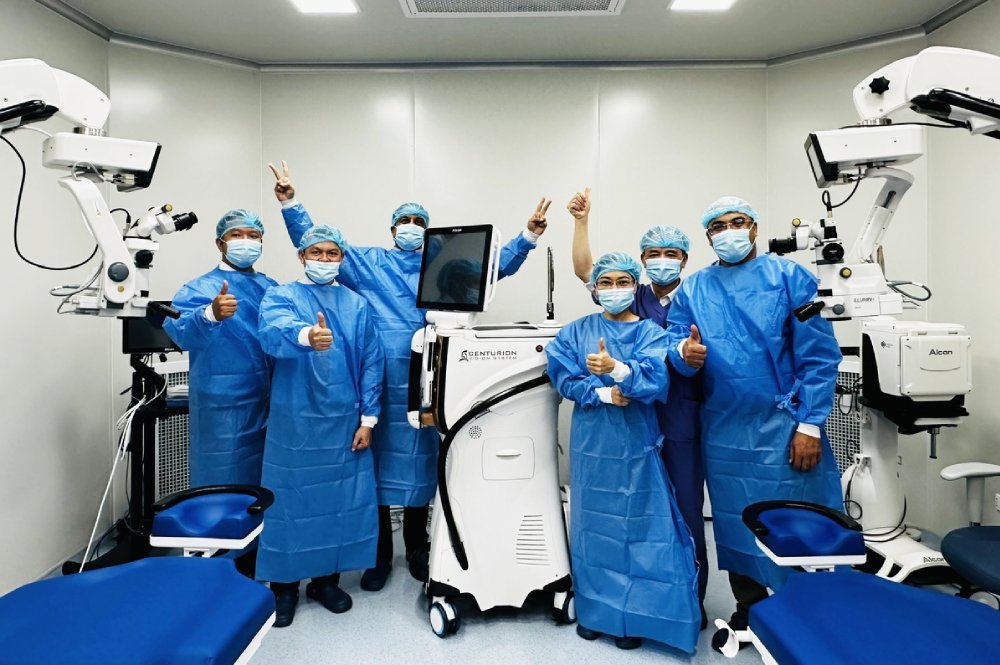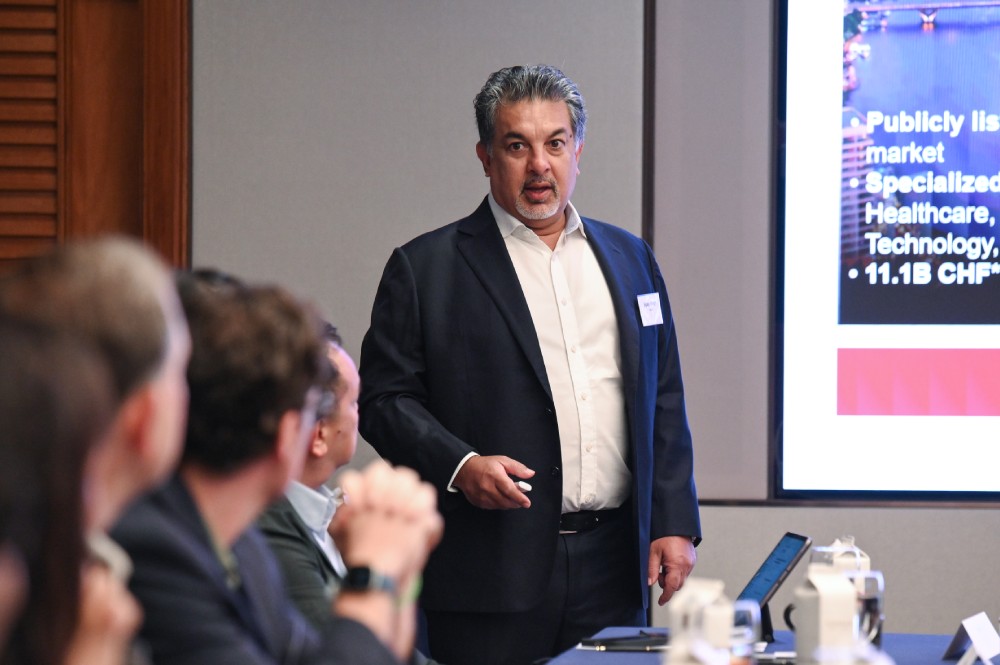This article was originally posted on Linkedin and written by Navin Raina - Head of Enterprise Business - Asia at LinkedIn.
The business development team at DKSH Healthcare has certainly contributed to this number as they seek to advance DKSH’s purpose of enriching people’s lives and providing healthcare for patients, particularly in underserved regions of Southeast Asia. To do so, they partner with healthcare and medical device companies and help these brands penetrate and grow in the region.
To understand their growth strategy, I hosted Bijay Singh, DKSH’s Global Head of Healthcare, for a special episode of Take the Lead when he visited Singapore recently. Take the Lead is LinkedIn Sales Solutions’ thought leadership series in APAC, where we have insightful conversations with business leaders.
My conversation with Bijay surfaced a number of interesting takeaways that I believe can be helpful for other business leaders seeking growth in international markets.

Think global, act local
Entering, growing in, and eventually succeeding in a market takes commitment. New entrants need to respect the market, invest time and effort to understand how it operates, and tailor your go-to-market strategy accordingly. For healthcare and medical device companies, this extends to establishing a local logistics and distribution presence, which can add yet another layer of complexity.
This is especially true in Southeast Asia, where Bijay strongly cautions against a globalized, one-size-fits-all approach.
“We talk about Southeast Asia but really, we’re talking about a collection of several different markets. You've got small, emerging markets like Laos and Cambodia coming up, and then you've got very large, high-potential markets — the VIP countries of Vietnam, Indonesia and the Philippines. And they’re all very different. You’ll find with the markets that we serve in Asia, there's almost always a bespoke model that you need for the same company; sometimes, the same product,” shared Bijay.
Bijay goes on to explain that the regulatory environment can also differ significantly, running the full gamut from the likes of Singapore, where registration information from other major countries can be quickly repurposed and approved, to markets like Cambodia, where the process can take up to three long years.
This deep market know-how is highly valuable to DKSH Healthcare’s clients, many of whom may not have the capacity or appetite to navigate these markets on their own.
In addition to prioritizing quality as a “non-negotiable”, DKSH’s sustainability efforts also check the right boxes, especially as more companies extend their sustainability practices to the partners they work with. Leveraging technology in this regard, Bijay reveals that operational efficiency and renewable energy rank among the company’s key focuses today.
“We recently built Taiwan’s first fully automated healthcare distribution center where everything is processed electronically. We’ve also installed solar power on the roof and put in place systems to capture, store and use this energy. It’s reduced our footprint drastically. We’ve replicated this, to a lesser extent, in Laos,” he added.
With a solid value proposition to bring to the table, the question remains — how does DKSH Healthcare’s business development team get in front of the right people?
Banking on a single source of truth
Having had his start as DKSH Healthcare’s Vice President of Global Business Development & Strategy, Bijay has walked the ground and acknowledges how LinkedIn Sales Navigator has helped his team identify the right decision makers to engage.
Now, he wants to take it a step further and leverage LinkedIn’s sales intelligence to drive business growth in the form of whitespace opportunities.
“There are plenty of companies that we don't know about. Everybody knows the large companies but there are plenty of what I call “sweet spot companies”: smaller, with very good technology, very interested to grow in Asia, but not knowing who to talk to,” he said.
Personally, I’m glad we had this conversation when we did, because Sales Navigator is piloting two Generative Artificial Intelligence features that could help Bijay and his team reach their goals faster.
Our AI-assisted search now makes searching for prospects more efficient with conversational language prompts. To dive into the surfaced results, sellers can switch over to Account IQ for account research made easy with key information across different sources compiled and summarized, directly in Sales Navigator.
With technology doing the heavy lifting, as sellers, we have more time to focus on making the human connections that matter. These are exciting times, not only DKSH Healthcare as it advances its growth ambitions in Asia, but for all of us in sales.










